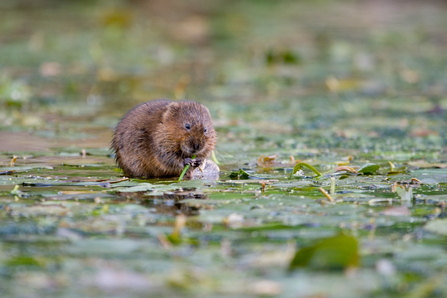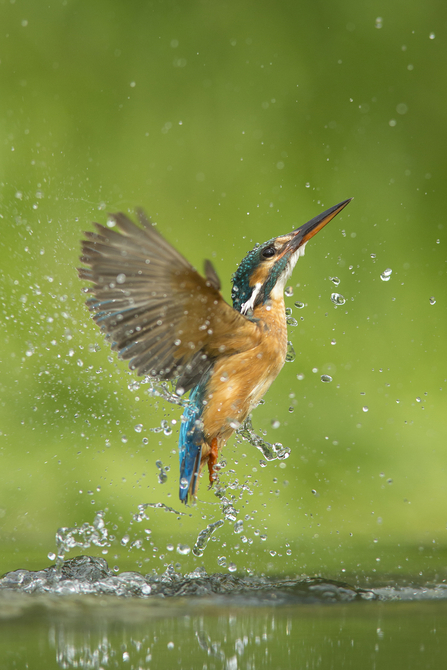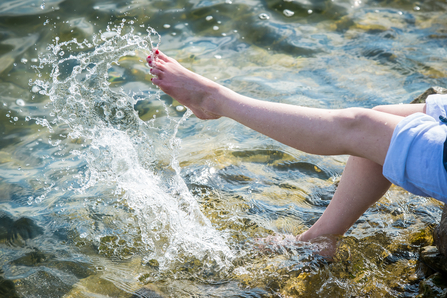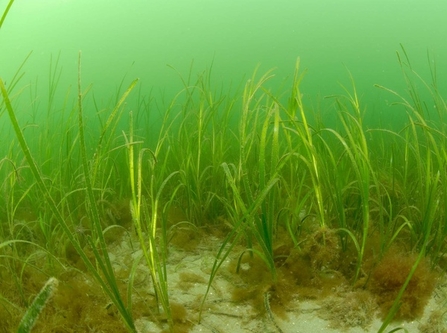As with all rivers, the Wye is at the mercy of whatever happens within its catchment. Rain that falls on the hillsides, fields and towns of the English and Welsh borders ultimately finds its way into the river channel, and ultimately out to sea, but as it does so, it can bring pollutants from across the landscape, placing the river’s, and the the sea's, wildlife at risk.
Official figures last year revealed that not one river or lake in England is in good health1
Unfortunately for the Wye, Powys is Europe’s largest producer of free-range eggs, home to numerous ‘Intensive Poultry Units’ housing an estimated 10 million chickens. Waste - chicken poo - is spread on the surrounding farmland as a valuable fertilizer. But where applied in excess, the nutrients simply wash away into the river.
This massive pollutant load has a devastating impact on the river. Phosphate triggers the growth of algae, smothering aquatic plants and using up oxygen in the water so that insects and fish effectively suffocate. Conservationists have described the river as looking “like pea soup”.
This is a shocking example of river pollution, but as Rivercide will describe, it is by no means the only one - and Wildlife Trusts across the country are taking action.









